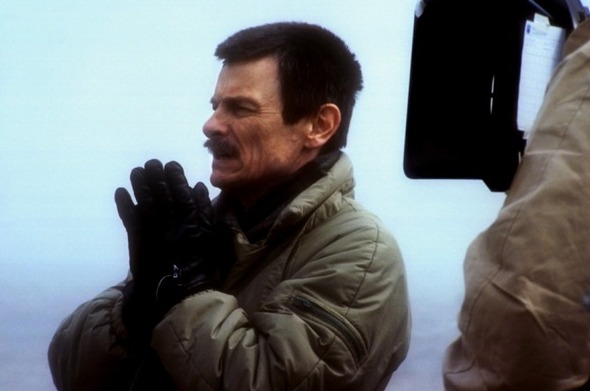
Anyone new to the classic mystery reading field could be forgiven for thinking that Dashiell Hammet, author of The Maltese Falcon, The Glass Key, and The Thin Man, probably had a gigantic selection of mystery novels in his bibliography and that those were just the top three. Actually they were the top three of just five full length novels.
By the same token, it would be reasonable to think that the great multi-faceted genius Leonardo da Vinci had a gallery full of great paintings based on his still quite famous The Last Supper and Mona Lisa. Actually the paintings number around a dozen.
Much the same situation exists for the famed Dutch painter Vermeer. And ask anyone who enjoyed John Kennedy Toole’s excellent comic novel A Confederacy of Dunces how they enjoyed his others (actually that would be just one other that he wrote when very young and didn’t intend to ever be published).
The point of all of this is that sometimes artists who are finely talented, or who happened to create a fine work of art, ended up leaving frustratingly little work behind them….sometimes just one good shot is all that they got off.
In show business the wise always want to leave ’em begging for more but, in some cases, those leaving the stage left ’em begging for way, way more. The thrust of this list concentrates on those in the business of directing (and often writing) films who left the film lovers of the world with simply too little of their work.
Why does this happen? As will be illustrated by the entries on this list, a paucity of work can be attributed to a variety of causes. Some of these can be major calamities such as illness and/or death. Some film makers just have bad luck personally or professionally. Some managed to create at least a handful of memorable films and others just one. Some had a number of causes converge to rob them of bountiful careers. Whatever the cause of their abbreviated careers might be, these people gave the cinematic wonderful dreams and images but stopped presenting them way too soon.
1. Krzysztof Kieslowski

Many of the film makers on this list might surprise the reader since the films that they did make were so memorable that one doesn’t often stop to realize how few they were. Such a case could be made for Poland’s Krystof Kieslowski.
Kieslowski could be forgiven if his output wasn’t memorable. He worked in a harshly restrictive place during a less than congenial era, a time and place which was oppressive to artists of all stripes. He himself suffered bad health and died of a heart condition (which might have been successfully treated had he agreed to treatment outside of his beloved, but medically backward, homeland). He was only 54 years old.
Added to all of this was the fact that he was a documentarian for the first half of his career. This left about a decade and half for him to create his feature (fictional) film work and that amounted to a baker’s dozen (and this does not count his monumental TV project The Dekalog from 1988, though two of his features were expanded episodes from that series). In the face of all that, he was still memorable indeed.
Sad to say, he was truly hitting his stride when death overtook him. His last four films, The Double Life of Veronique (1991), and the films of the Three Colors trilogy (Blue, 1993, and White and Red, both 1994) were acclaimed as his biggest and best (with Red winning him Oscar nominations). Those should have been the start of a long phase of memorable film making but it wasn’t to be.
However, his earlier and less celebrated film such as Camera Buff (1979) and Blind Chance (1987) have been exhumed by fans/students wantinlg more and they have been found quite worthy. Kieslowski will remain one of the cinema’s great humanist with his keen understanding of the human heart and mind and his supreme empathy for the plight of average people in difficult circumstances. The world as a whole, not just the cinematic one, misses such a rare talent.
2. Alexander MacKendrick

The world at large, much less the cinematic one, can be full of odd stories but even by that measure the tale of Alexander “Sandy” MacKendrick is a strange one. MacKendrick’s story is not, strictly speaking, tragic (in fact, he might have considered that he achieved a happy ending by his own standards) but it is a sad entry for discriminating film fans and a most contradictory one.
To start at the beginning, MacKendrick was and is thought of as the most British (actually Scottish) of film makers. Though his roots were planted in Scotland and he did indeed end up largely being raised there, in fact he was born in Boston Massachusettes, USA to immigrant parents who met with tragedy, causing their son to be sent back to grandparents in the old country.
Oddly enough, that fracturing would mirror their son’s eventual professional life. After a hard and lonely childhood, MacKendrick was trained and found work as an advertising illustrator and copy writer (experience he found invaluable). In the course of that job he began directing early commercials (for theaters) and, during World War II, segued into making propaganda films for Britain’s Ministry of Information. These films were his stepping stone into features with the UK’s most wonderfully quaint, quirky, genteel and amusingly heartfelt studio, Ealing (if films could be hand crafted, Ealings all would have been).
He hit the ground running with the droll comedy classic Whiskey Galore! in 1949 and made four more films for the studio (including other comedic treasures The Man in the White Suit from 1951 and Ealing last great bow, 1955’s The Ladykillers, in addition to the profoundly moving juvenile deafness drama Mandy in 1952). He worked slowly but oh so well with sharply good natured wit and a smart grasp of human nature being his trademarks. Too bad Ealing sold out to the BBC shortly after The Ladykillers and he was left at liberty thereafter.
This sent him to his birth land to try his luck with Hollywood. He would make but three films there (and one more memorable one back in the UK, 1963’s Sammy Going South) and the last, 1967’s Don’t Make Waves, was no jewel, but he would create his masterpiece upon arrival. This would be 1957’s unforgettable The Sweet Smell of Success. This still potent film about the bitter underbelly of Broadway was one of the great films in Hollywood history….and a truly big flop at the box office. After 1965’s good but indifferently received A High Wind in Jamaica and Waves, he was presented with an offer he found irresistible.
A then new institution, The California Institute of the Arts, asked him to be its dean. He accepted and spent the rest of his professional life there (though he decided to step down as dean after a few years and became a legendary film theory professor). He may not have made films but his roster of students is like an all star list of film directors, writers and historians.
He almost made a return to film the acclaimed play Rhinoceros but it wasn’t to be (and considering the version that did get made in 1971, a special tragedy). However, a series of his lectures may be found on YouTube and they are just magic. He may well have made the right decision. However he lived to the age of 81 and one can’t help but think that its tragic the he couldn’t have found time for film and teaching.
3. Gillo Pontecorvo
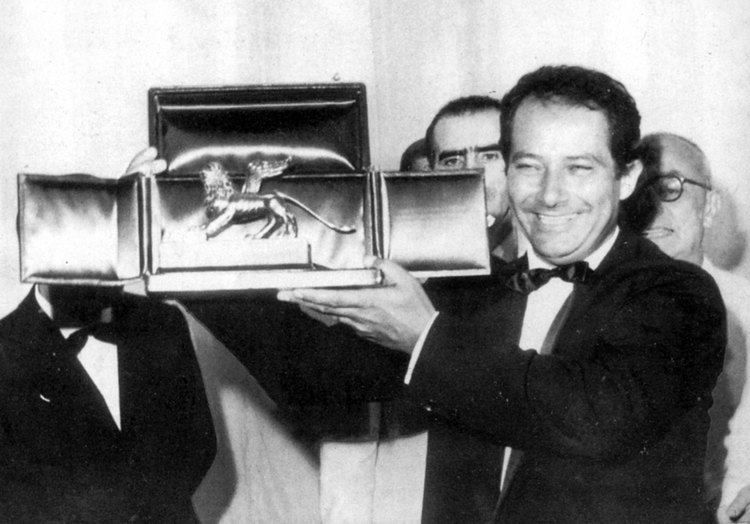
On the whole there haven’t been many overtly political film makers in commercial cinema. Anyone wanting to know just why might have done worse than to question Italy’s Gillo Pontecorvo.
At first glance, Pontecorvo could strike one as an ill fit for this list. He lived to the ripe age of 86 and a cursory look at his filmography gives the impression of being rather voluminous. However, very many of those credits were for documentaries and some for scores he also composed. Also, though he will be eternally remembered by film students, scholars, and discerning film watchers everywhere for the unforgettable 1966 semi-documentary The Battle of Algiers (still used as a training film for would be terrorist), his feature films numbered only five.
In addition to Battle, he also directed the fine earlier film from 1957 The Wide Blue Road (which attracted the politically simpatico French star Yves Montand as its star), a story dealing with the plight of fishermen living on a barren patch of Italy’s coast.
There was also 1960’s Kapo, an excellent concentration camp drama and Queimada (1969), also known as Burn! in it truncated North American version. That stringent tale of a revolt in a colonial island nation of the West Indies snagged no less than Marlon Brando as its star and remained one of his few films the star took seriously. After that film, the only other feature film in Pontecorvo’s cannon was the semi-documentary political thriller Operación Ogro in 1979.
Though Kapo and Battle won Oscar nominations (the latter for Pontecorvo himself) only Battle was any kind of hit. Perhaps he might have made more films but Pontecorvo famously stated that he must be in love with the subject in order to make the film. This is quite admirable but very limiting. However, it can’t be denied that his small filmography is full of gems.
4. Jean Vigo
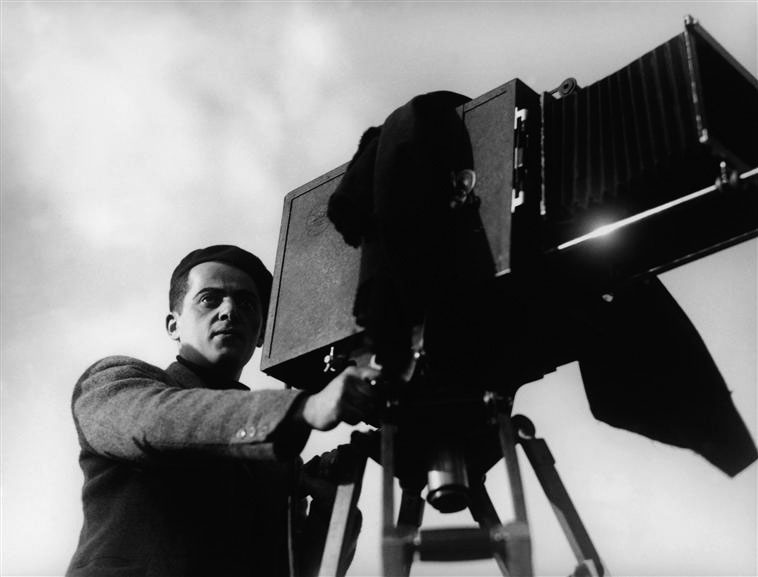
While other entries on this deal those who would not compromise in one way or another in order to have fuller careers, French film maker Jean Vigo’s story reads like some romantic fiction.
He was the son of notorious anarchists and spent much of his childhood on the run with his family. When they decided that it was best to separate from him and sent him to a boarding school for education and a chance in life, he had to assume the name history now knows him by. He was at the start of both a promising career and personal life as a young husband and father. Then the at-that-time incurable tuberculosis felled him at age 29, just as his only feature was opening. Would any writer of fiction dare to make this up?
The real punchline is that his work shows that he might well have been one of the great individualistic film makers. This work consist of two documentary shorts, À propos de Nice (1930) and Taris (1931), the mini-feature Zero For Conduct (1933) and the feature L’Atalante (1934).
Though the first two are excellent in their own right, the latter two are the lynchpins of Vigo’s reputation. LAtalante is a magical film concerning the new marriage of young barge owner, his inexperienced bride and the kind and wise older man who helps both. It has poetically realistic shots and beautifully expressionistic ones perfectly meshed to tell a delicate and heartrending story.
However, Zero For Conduct, a dadist telling of the mini-revolution an oppressive boy’s school suffers when it pushes the students too far, is perhaps even more influential, certainly during the youth revolt of the late 1960s (and Lindsay Anderson’s memorable 1969 film IF… is its direct descendent).
Could Vigo have kept going along this remarkable course or would he have been destined to shoot out all of his good ideas first and decline thereafter? Sadly, the world will never know.
5. Andrei Tarkovsky
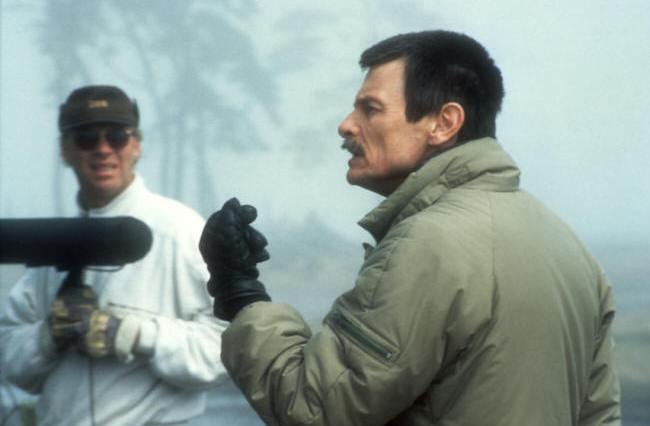
Russesian film maker Andrei Tarkovsky, surely one of the great cerebral directors in film history, is also a prime example of what being a true, truthful and insightful artist can get one when tied to a regime philosophically opposed to all of those things and more.
The former Soviet Union was never known as a bastion of free thought and human rights (actually, it was considered just the opposite of all that). The nation had blighted the careers of many great artists with the much acclaimed, historically important film maker Sergei Eisenstein being the forerunning martyr before Tarkovsky in the film world. Both men would lead somewhat truncated lives (Tarkovsky only lived to be 54), would have multiple interests and talents (both wrote seminal books on film theory) and both refused to back down to oppressive authorities, resulting in banned and butchered films and sometimes banned careers.
Tarkovsky made only seven features (and his student thesis film, 1961 prize winning short film, The Steamroller and the Violin is also treasured). They range from autobiographical films (Ivan’s Childhood, 1961, 1975’s Mirror and 1983’s Nostalghia)biographies (the much lauded Andrei Rublev, made in 1966 but not released until years later and not restored to his cut until years thereafter), science fiction (the cult favorites Solaris, 1972 and 1979’s Stalker) and allegorical drama (1986’s The Sacrifice).
All of them were slow, deliberately paced, carefully crafted and rich in ideas. Though he wrote other screenplays between these films, its no surprise that they took years upon years to conceive and create his works. Its doubtful that any film maker wrestling with so much in every film could ever have been prolific but a few more gems would have been nice.
6. Carl Theodor Dryer
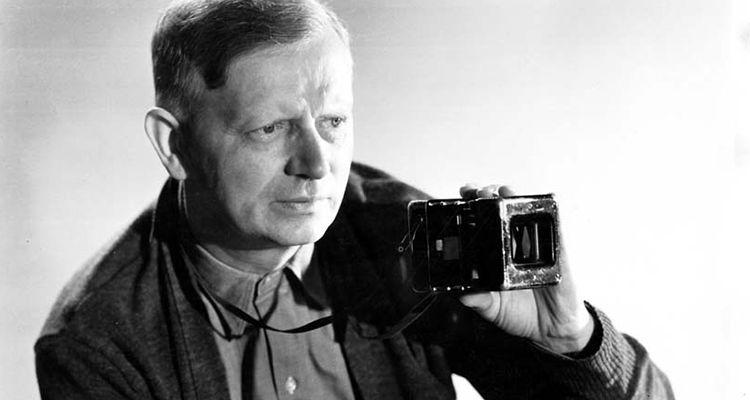
Unlike Tarkovsky, Denmark’s Carl Theodor Dryer didn’t face intense political pressure (except for some during the Nazi occupation era). However, a lack of commercial success leading to a lack of investors, coupled with an intense individuality, can produce the same results.
Dryer was the product of an extremely unhappy childhood (an illegitimate birth and adoption by a couple who might have done better without the child rearing experience). Surely this colored his eventual films, formal, austere efforts which explored the interior thoughts of various characters and their relationships and the place faith does and doesn’t have in people’s lives.
His feature films number 14 though many of those were made in the early days of his career (and cinema history), although several of them are as much Dryer films as any other (notably The Parson’s Widow from 1920, Leaves From Satan’s Book, 1921, and 1925’s Master of the House). However, as he hit his stride with 1928’s The Passion of Joan of Arc, one of the greatest films and a complete box office flop, funding became hard to find.
In the next three decades he averaged one film per decade! These include the well remembered supernatural story Vampyr from 1932, the powerful Day of Wrath from 1943, the intellectually thrilling Ordet from 1955, and his finale, the controversial, little loved, yet still interesting Gertrud from 1964. (There was also a mysterious 1945 film entitled Two People, made while fleeing the Nazis in Sweden, disowned, and permanently withdrawn.)
Much like Tarkovsky, Dryer’s work shows the effort of years of highly intelligent planning, thought and talent. It was simply not in the cards for him to have made one or more films every single year (or was it?). However, he should have been able to create more than one roughly every ten years!